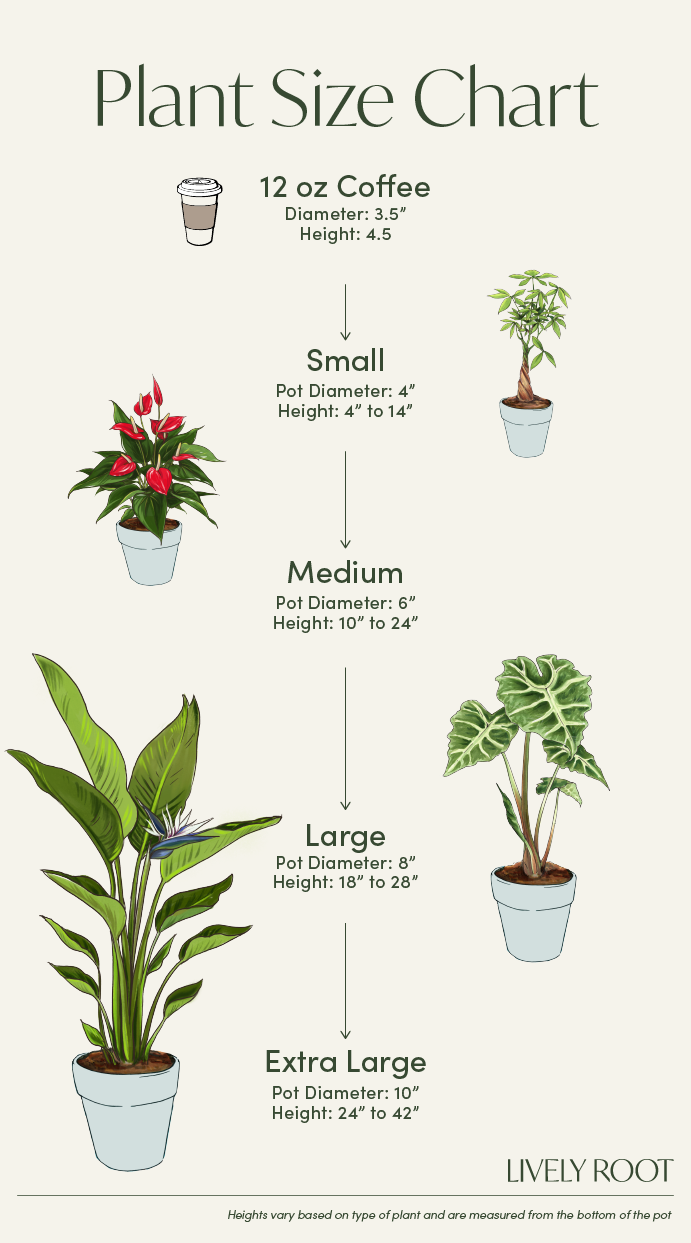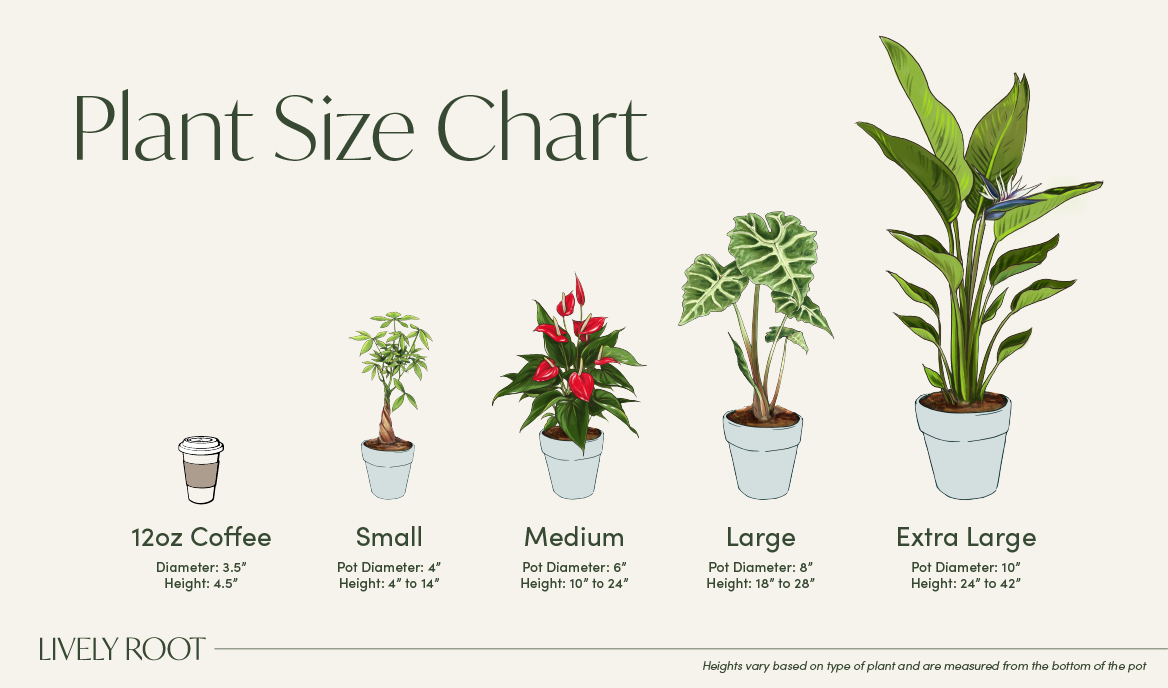

Japanese Bird's Nest Fern Care Guide & Presentation

Give this plant bright, indirect light in a southern-facing window or a combination of exposures. The brighter the light, the more increased waviness of the leaves.
Use filtered, bottled, or tap water sitting 24 hours to release the chemicals and water enough that the water discharges out of the drainage holes. Once the water is fully drained, replace it into the cache or decorative pot. Don't let the roots sit in standing water. Keep the soil consistently moist and well-drained. When watering, avoid the frond rosette to prevent rotting. Keep the leaves dry to avoid fungal and bacterial infections.
Enjoys medium to high humidity. Add a pebble tray or humidifier to keep the humidity around it high but don't spritz the leaves as it can cause fungal and bacterial infections. Keep the leaves dry.
This plant likes warmer temperatures. Keep it out of cold drafts.
Outside: Keep it in shade on a patio out of direct sunlight to prevent leaf burn where nights are above 65°F.
Fertilize every two weeks during the growing season (spring and summer) by diluting a liquid fertilizer by half strength. Let the plant rest in the fall and winter. Note: If the leaves lose the wavy edges, your plant may be getting too much fertilizer. If so, fertilize once a month.
When receiving the plant, do not repot immediately but wait at least 6-12 months or if the roots are beginning to get crowded and growing through the drainage holes.
Repot in the spring, using a 2" bigger pot to keep the roots drier. Use a well-draining indoor potting mix with perlite with an equal mix of charcoal to help with drainage and hold plant nutrients.
Water your plant in the old pot before transferring over and let them sit an hour. Place a piece of screening at the bottom of the container over the drainage hole to the soil and allow it to drain. Add soil to the bottom to elevate the root ball. Lift the plant and release the roots against the existing planter. Use a clean knife or garden trowel to wedge between the pot and the soil to loosen.
Inspect the root ball. Notice if there are any dead or rotting roots and trim off with sterile pruners. If the plant is rootbound, cut through the roots to alleviate continued encircling.
Ensure the plant is sitting about 1" below the edge of the pot to avoid water spillage. Add more soil and backfill around the sides by tamping down. Fill up to the soil line but not over.
Water thoroughly, leaving the soil damp but not soggy. If settling occurs, add more soil.
Misting the leaves daily will keep the leaves on this plant clean. Make sure there is good air circulation around the leaves so moisture isn't sitting on it to cause fungus. Remove any debris from the soil surface and replenish if needed. Trim any damaged or browning tips and avoid letting water or debris fall into the rosette.
Birds nest fern is very tough to propagate for the average gardener.
If you adventurous and a bit curious, try reproducing your own bird's nest fern by harvesting its spores. The spores are the small rows of brownish, fuzzy spots along the bottom of the leaves. When these spores look fat and fuzzy, trim off the leaf they're on by cutting it down to the bottom of the stem. Delicately set them into a paper plate. Over the next few days, the spores should fall onto the paper plate as they dry.
Afterward, gather several containers of sphagnum moss. Spread the spores over the top surface, and keep them uncovered. Put your pots of moss and spores in a dish of water to bottom soak through the moss. Cover the pot with a clear plastic bag to create a mini "greenhouse" to keep humidity high, or hand-mist the top daily. Keep the temperatures between 70-80 degrees in bright, indirect light.
Germination starts in approximately 2-3 weeks if the humidity is kept high. Once the sprouts have grown, remove the plastic cover. Provide high humidity around the leaves as they grow by using a pebble tray and humidifier.
Japanese Bird's Nest Fern: Overview
The Japanese Bird's Nest Fern, known scientifically as Asplenium nidus, is an epiphytic plant akin to Bromeliads. It boasts large, glossy fronds that radiate from a central rosette, resembling a bird's nest. Typically thriving in USDA hardiness zones 10-12, this fern belongs to the Aspleniaceae family and originates from tropical regions across Asia, Australia, and parts of Africa. It prefers bright, indirect light and moderate care, requiring consistent moisture and high humidity like its relative, the Bird’s Nest Fern.
In Feng Shui, it symbolizes growth, prosperity, and new beginnings. Importantly, it is generally non-toxic to pets, making it a safe choice for homes with animals.
Japanese Bird's Nest Fern: Benefits
- It acts as an effective air purifier, improving indoor air quality
- Offers aesthetic appeal with large, glossy fronds and a distinctive growth pattern
- Symbolizes growth, prosperity, and new beginnings in Feng Shui
- Increases humidity levels, which is beneficial for indoor environments
- Lowers the surrounding temperature, creating a cooling effect
- Like many other ferns, it adds a tropical vibe to interior spaces, enhancing visual appeal and ambiance
Japanese Bird's Nest Fern: Care Guide
The Japanese Bird’s Nest Fern plant is relatively easy to care for, making it suitable for novice and experienced plant enthusiasts alike.
Light and Watering
Place the fern in indirect light or filtered sunlight, as direct sun can scorch its delicate fronds. Keep the soil consistently moist but not soggy. Water when the top inch of soil feels dry, and ensure good drainage to prevent root rot.
Temperature and Humidity
Maintain temperatures between 65-75°F (18-24°C) year-round. Avoid placing the fern near drafts or heating vents. The Japanese Bird’s Nest Fern prefers high humidity. Increase humidity by placing it on a humidity tray.
Soil, Feeding, and Repotting
A well-draining, peat-based potting mix with added perlite orchid bark ensures adequate moisture retention. Feed your plant every two weeks during the spring and summer. Repot every 1-2 years or when the plant outgrows its container. Choose a slightly larger pot with fresh potting mix.
Propagation
Propagate Japanese Bird’s Nest Fern through division. Carefully remove the plant from its pot and gently separate the root ball into smaller sections with healthy roots and fronds. Replant these divisions in separate pots with fresh potting mix. Seasoned indoor gardeners can try to propagate this fern from its spores.
Pruning and Common Issues
Regularly remove any dead or yellowing fronds by cutting them off at the base. This encourages new growth and keeps the plant looking healthy. Clean the leaves gently with a damp cloth to remove dust. This enhances the fern’s appearance and allows for better photosynthesis. Watch for yellowing or browning fronds, indicating overwatering or underwatering. Adjust watering accordingly. Brown leaf tips may indicate low humidity or direct sun exposure.
Japanese Bird's Nest Fern: Placement, Companion & Alternative Plants
Nest Ferns are versatile additions to any indoor environment. Their lush foliage and easy maintenance complement various decor styles.
Best Locations & Uses
- Ideal for plant lovers with pets, as it is non-toxic to cats and dogs
- Well-suited for experienced indoor gardeners looking to enhance their collection of ferns
- Perfect for offices or bedrooms due to its air-purifying qualities and aesthetic appeal
- Thrives as a porch plant in warmer climates, adding a tropical touch to outdoor spaces
- Makes an excellent gift for plant enthusiasts, offering a long-lasting green accent to any space
Companion Plants
Bird’s Nest Ferns thrive alongside certain plant combinations that complement their needs and environment.
- Peace Lily (Spathiphyllum spp.): Known for its air-purifying properties and elegant white blooms, the Peace Lily makes a perfect companion due to its similar care requirements.
- Spider Plant (Chlorophytum comosum): Resilient and adaptable, the Spider Plant adds a contrasting texture with its arching foliage, making it an ideal companion in spaces with moderate light and humidity.
- Boston Fern (Nephrolepis exaltata): With its feathery fronds and love for high humidity, the Boston Fern complements the Japanese Bird's Nest Fern beautifully, creating a lush green backdrop in any indoor setting.
Alternative Plants
If you’re looking for plants similar to the Japanese Bird’s Nest Fern, consider these alternatives, available on Lively Root.
- Staghorn Fern (Platycerium bifurcatum): With its unique, antler-shaped fronds, the Staghorn Fern adds a touch of the exotic to any space. It is an epiphyte like the Japanese Bird's Nest Fern and requires similar care, including high humidity and indirect light.
- Maidenhair Fern (Adiantum raddianum): Renowned for its delicate, lace-like foliage, the Maidenhair Fern prefers high humidity and indirect light. It's pet-friendly and a beautiful addition to any room, enhancing aesthetics and air quality.
- Kangaroo Fern (Microsorum diversifolium): The Kangaroo Fern features distinctive, leathery fronds. It thrives in medium to bright indirect light and requires moderate watering and humidity.
Elevate Your Space With a Japanese Bird's Nest Fern for Sale
Transform your home or office with the lush greenery and elegance of a Japanese Bird's Nest Fern! Order yours today and experience the benefits of this stunning, air-purifying plant!


























